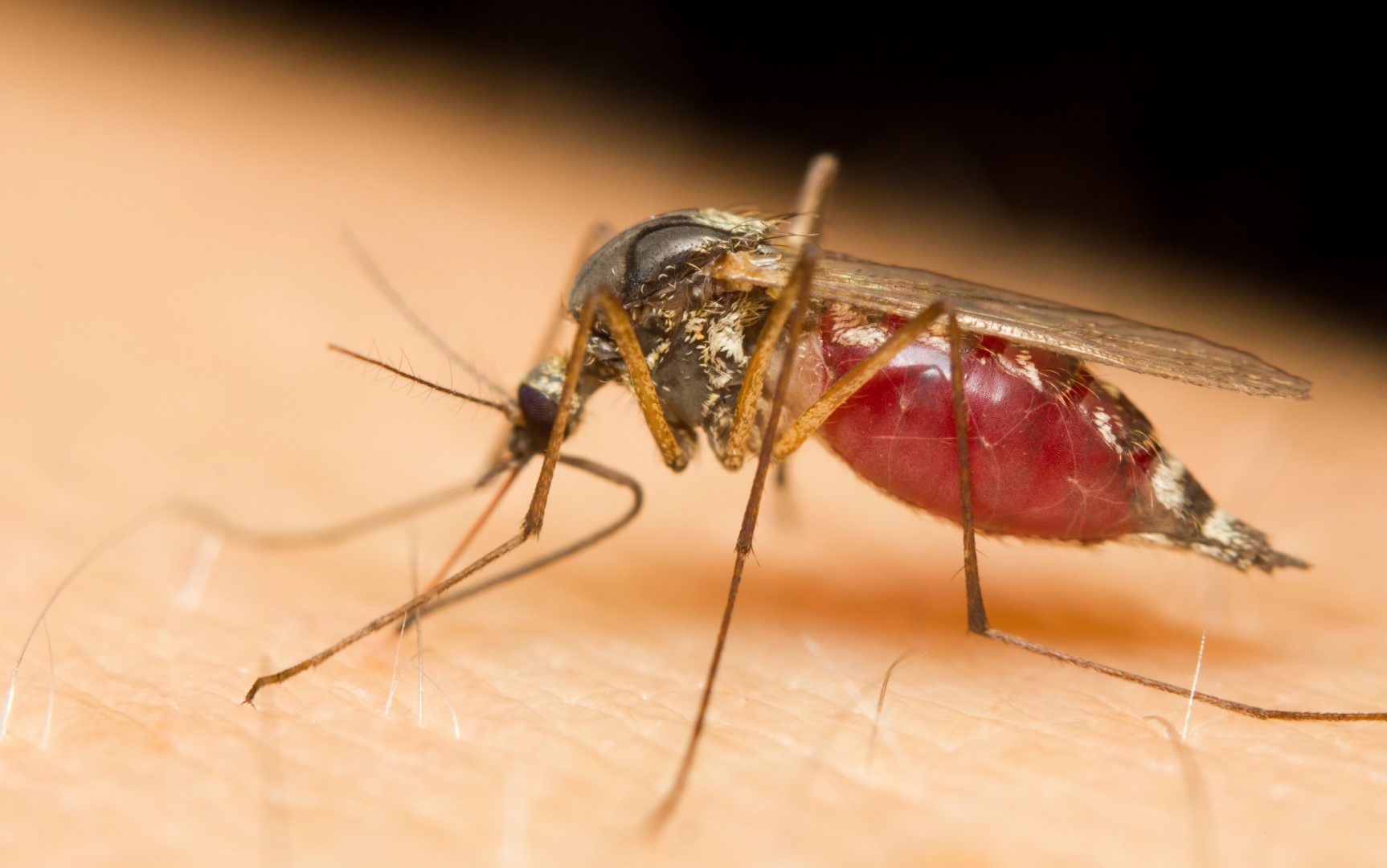ChatGPT said:
Termites: Understanding Arizona’s Silent Destroyers
Termites are one of the most damaging pests found in Arizona. These small, wood-destroying insects feed on cellulose, which is found in wood, paper, and other plant materials. Over time, their hidden feeding habits can cause severe structural damage to homes and buildings. Platinum Pest Management specializes in termite detection, treatment, and prevention programs that protect your property from long-term damage and costly repairs.
Habitat and Behavior of Termites
Arizona is home to several termite species, including subterranean and drywood termites. Subterranean termites live underground in large colonies and travel through mud tubes to reach wood sources, while drywood termites live directly inside wooden structures.
Termites prefer warm, moist environments, which makes Arizona’s climate ideal for their activity nearly year-round. Because they work quietly behind walls, under floors, and within foundations, termite infestations often go unnoticed until significant damage has occurred.
Why Termites Are a Problem
Termites can compromise the integrity of an entire structure by consuming wood beams, framing, and flooring from the inside out. Their colonies can contain hundreds of thousands of members that feed continuously. Unlike pests that cause visible nuisance, termites cause hidden destruction that can cost homeowners thousands in repairs.
Signs of an infestation include mud tubes on walls or foundations, hollow-sounding wood, and discarded wings near windowsills or doors. Ignoring these warning signs allows colonies to expand and increases the risk of severe damage.
The Importance of Ongoing Pest Management
Because termite activity is continuous, ongoing pest management from Platinum Pest Management is the best defense against long-term damage. Annual inspections, preventive soil treatments, and baiting systems detect and eliminate colonies before they spread.
Regular monitoring provides early detection and ensures that protective barriers remain active and effective throughout the year. This proactive approach saves homeowners from costly repairs and helps preserve property value.
Termite Control and Prevention
Platinum Pest Management uses advanced detection tools and proven treatment methods to eliminate termites at their source. Our termite control programs combine soil treatments, localized applications, and preventive barriers to create complete protection around your property.
We also offer wood treatment services and recommendations to reduce moisture, repair leaks, and remove debris that attracts termites. Ongoing maintenance and inspections keep your home secure and ensure that once termites are gone, they stay gone.
Serving Arizona Communities
Platinum Pest Management proudly provides termite inspection, control, and prevention services in Mesa, Chandler, Gilbert, Queen Creek, Scottsdale, Tempe, and nearby cities. Our trained technicians deliver safe, effective solutions that protect homes and businesses from Arizona’s most destructive pest.




